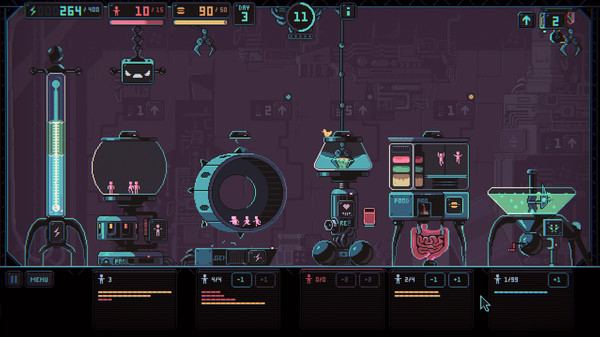

The bioreactor is the first stop for the weakest human beings. You must make a deal with Cthulhu The Old One to get it. CUT You start with 4 tentacles and 10 ghosts in wheels.After achieving Enough, you will unlock it.
Superconductors despotism 3k how to#
Below is a list of all required chips and how to get them. Based on observations, one possible scenario describing the sediment state of the plains alternated between transport-limited contemporaneous and lagged sediment influx (CLI_TL), during which bedforms are constructed, and relatively long periods (including the present-day) of availability-limited contemporaneous sediment influx (CI_AL).Many achievements are made easier if you use the right chip. Excluding the first wind regime, the remaining bedforms can be represented by an easterly wind gradually giving way to a relative strengthening of northwesterly and southeasterly winds. (4) Finally, the present-day crestline orientations of LDDs and dark sand streaks are inconsistent with each of the older bedforms.

(3) At some point between ~50 and ~200 ka, smaller bedforms with northeast-southwest oriented crestlines partially reworked both plains ripples and TARs, and small similarly-oriented bedforms accumulated in the floors of craters. (2) Prior to ~200 ka, an easterly wind created TARs, plains ripples, plains-like ripples on crater floors, and ripple streaks. (1) The oldest wind corresponds to putative east–west oriented bedforms on the plains, from which little information may be recovered. The preserved surface record from the Late Amazonian consists of four periods of bedform construction. Some small craters (15 km) responds differently to a regionally-uniform wind than that in smaller craters (<3 km). Although the bedform stabilization process is different from that of Earth, these ripples appear to be analogous to coarse-grained ripples that form and quickly stabilize on the Argentinean Puna. Limited migration and a likely local, planar sand source of plains bedforms suggests their provenance is previously-eroded layers within the underlying Burns Formation. Coarse-grained ripples on the intercrater plains formed from local sediments, with induration and low wind speeds preventing them from migrating more than roughly one bedform wavelength from their source region. We present an analysis of bedform construction, sediment-transporting wind patterns, crater gradation and resulting erosion rate, sand provenance, and sediment state resulting from surficial mapping and geomorphic backstripping of aeolian features. The extensive observation campaigns from orbiting spacecraft in support of the MER and 2016 ExoMars missions, as well as in situ data from Opportunity, have provided unprecedented coverage of the region, permitting further interpretation of the local aeolian history than is typically possible on Mars. The 2º x 2º region surrounding the landing site and traverse of Mars Exploration Rover (MER) Opportunity is richly blanketed with several generations and classes of aeolian features, including coarse-grained ripples, large dark dunes (LDDs), transverse aeolian ridges (TARs), erosional scars, depositional wind streaks of two types, and a new class of wind streak comprised entirely of coarse-grained ripples.


 0 kommentar(er)
0 kommentar(er)
